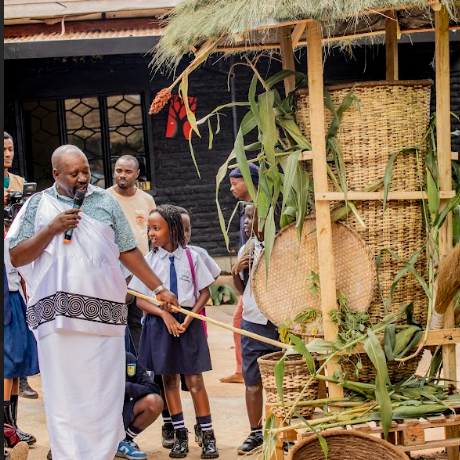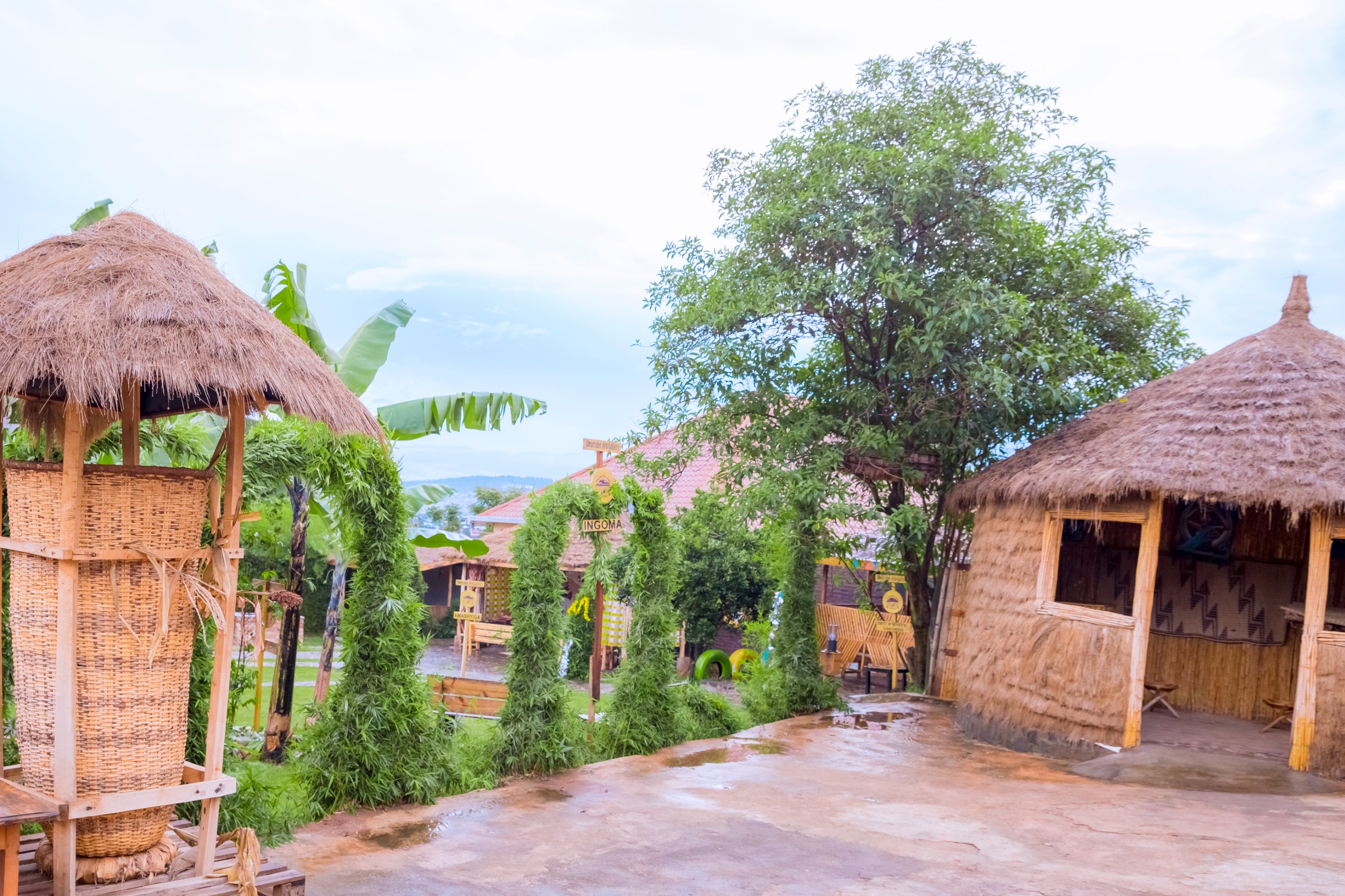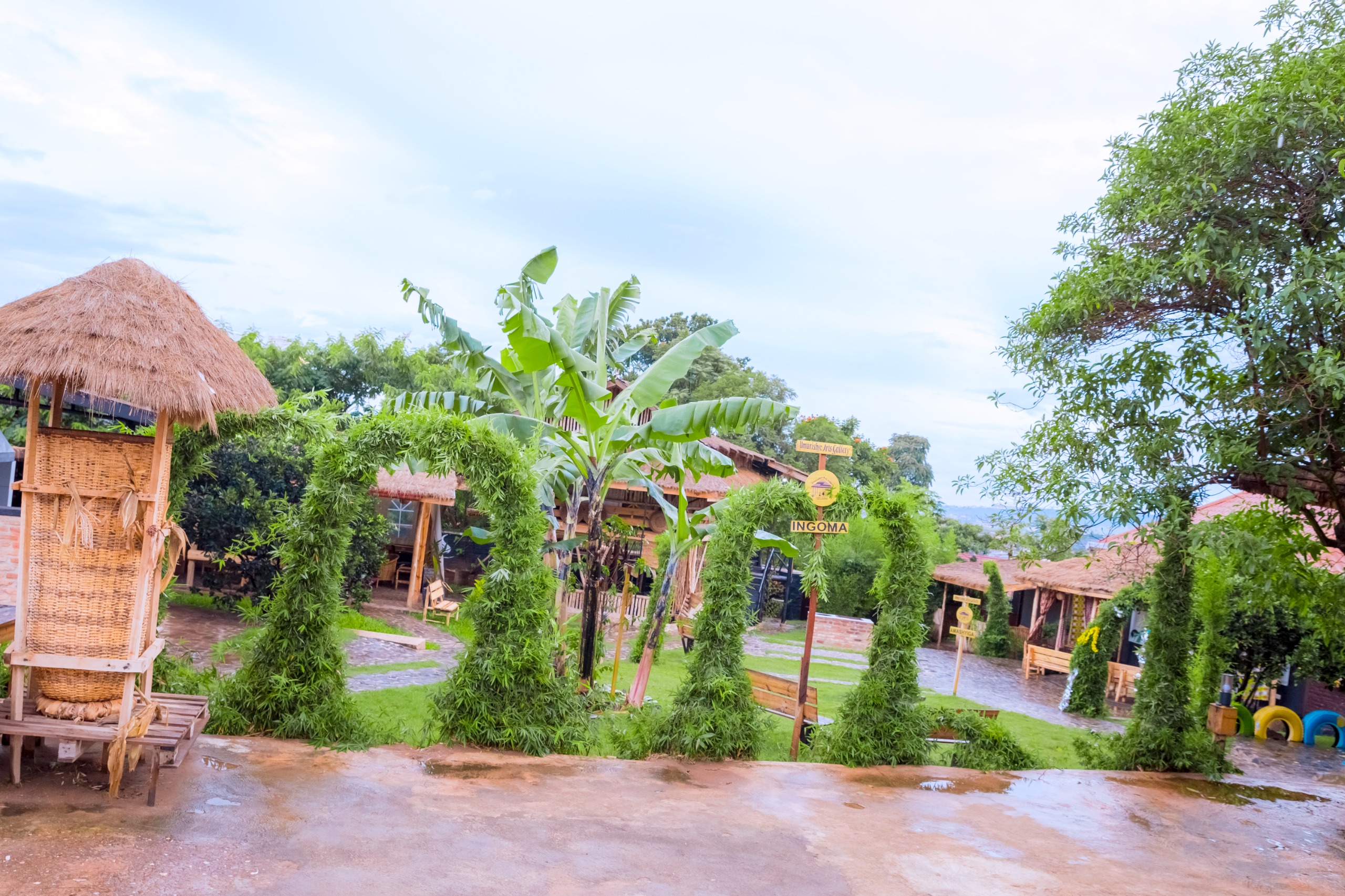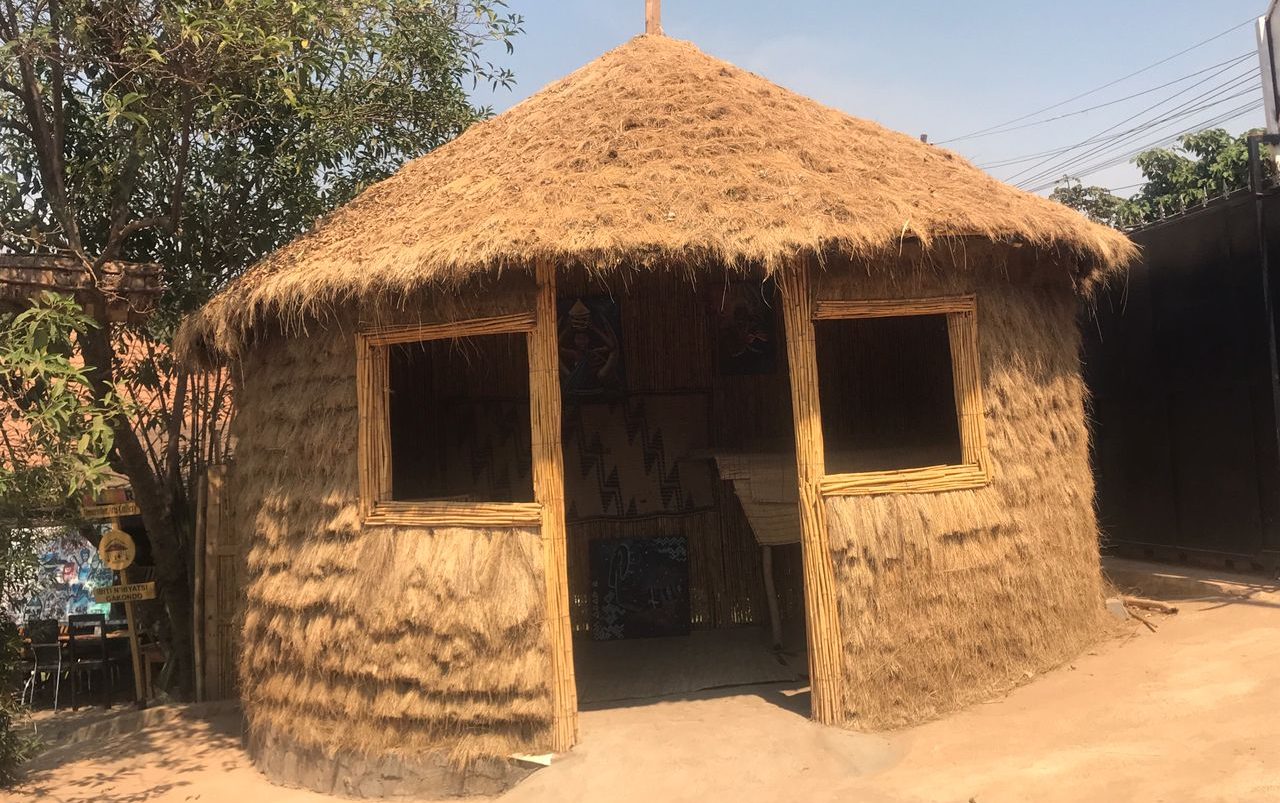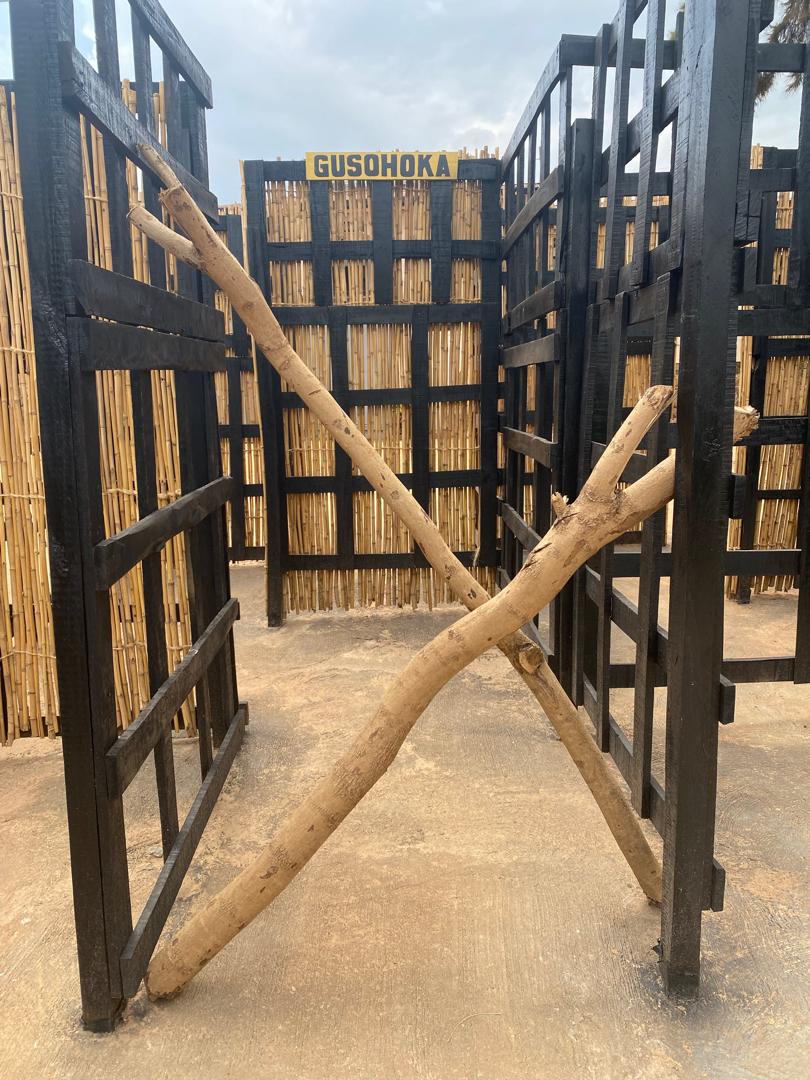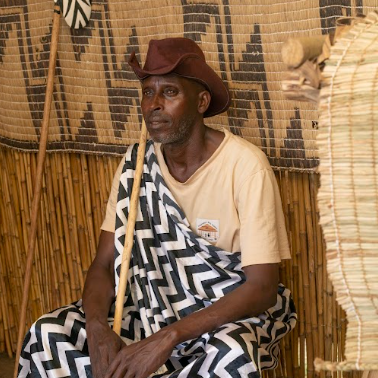A traditional Rwandan house, often called an “inzu nyarwanda”, reflects the cultural heritage, materials, and building practices of the Rwandan people, particularly before the widespread influence of colonial and modern architecture.
It has different part which are the main house, Amarembo and Ikigega .
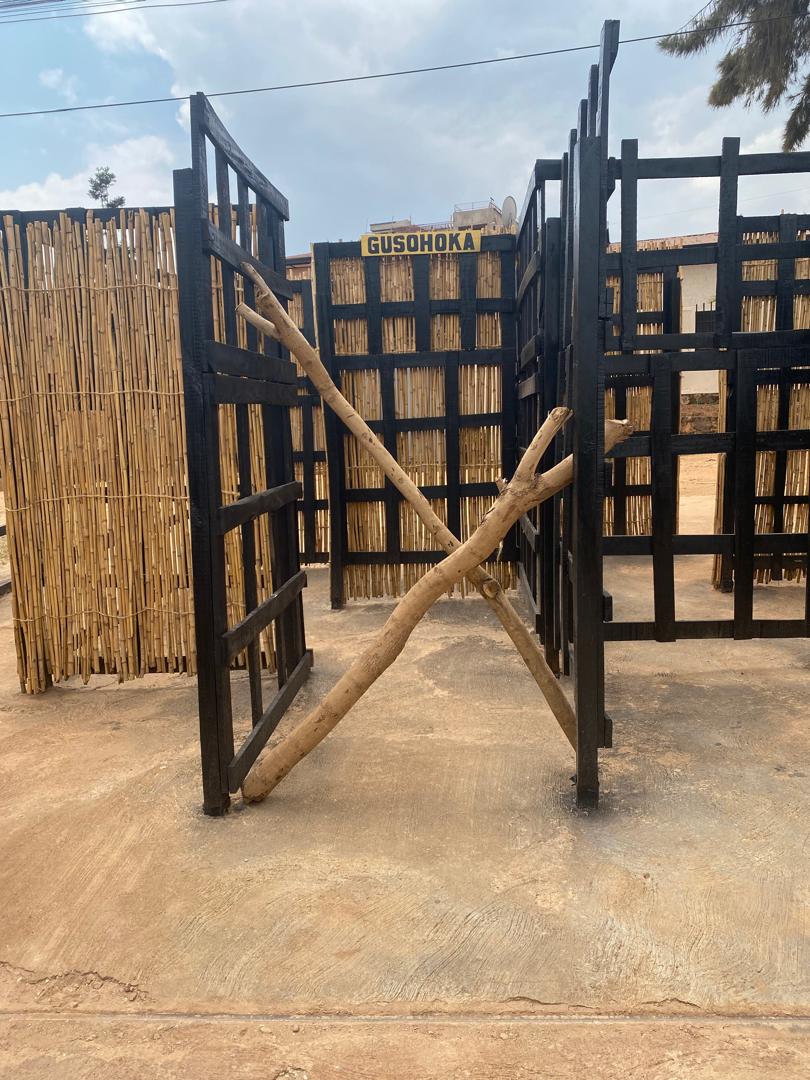
1.AMAREMBO
Amarembo in the Rwandan cultural and architectural context refers to the entrance gate or gateway to a home, compound, or royal palace. It holds both practical and symbolic significance in traditional Rwandan society.
🚪 Meaning and Function of Amarembo
1. Literal Meaning
“Amarembo” means entrance, gate, or gateway in Kinyarwanda.
Can refer to:
The physical gate to a property.
A metaphorical threshold—like the beginning of a new phase (e.g., “amarembo y’ubuzima”, meaning “the gateway to life”).
2. In Traditional Homes
Found at the entrance to the family compound or the main house.
Constructed from wooden posts, reeds, or woven plant material, often arched or framed to signify formality.
Sometimes decorated with local symbols, patterns, or cow horns, especially in more prestigious homes.
3. Symbolism
Amarembo represents:
Protection: A boundary that defines inside vs. outside, public vs. private.
Hospitality: A place where visitors are welcomed and assessed before entry.
Respect: Approaching amarembo requires greetings and etiquette, especially in traditional settings.
Authority: In royal or chieftain compounds, amarembo were guarded and marked the transition to sacred or official space.
4. In Rwandan Proverbs and Speech
The word often appears in expressions:
“Amarembo arafunze” – “The gates are closed” (can mean something is inaccessible or denied).
“Amarembo y’umuryango” – “The gates of the family” (refers to the values or unity of a household).
2. Main house
🛖 Key Features of a Traditional Rwandan House
1. Shape & Structure
Round or beehive-shaped structures are most common, especially among the Banyarwanda people.
Constructed using a circular layout with a conical or domed thatched roof.
Some houses are rectangular with curved corners, but round shapes dominate traditional designs.
2. Materials
Natural, locally available materials:
Wooden poles for framing.
Mud and clay for walls.
Grass or banana leaves for thatched roofs.
Cow dung mixed with ash or soil often used to smooth and finish walls and floors.
3. Roofing
The roof is typically steep and thatched, extending downward to shield the walls.
Thatched with long grasses such as ikibingo or banana leaves.
Roof sometimes supported by a central pole, symbolic of the home’s spiritual center.
4. Interior Layout
The interior is usually divided into sections:
Sleeping area, storage, and space for animals in some rural designs.
Sometimes a central hearth (ikirere) for cooking and warmth.
The interior decor may include woven mats, cowhide, and bamboo furniture.
5. Cultural and Symbolic Importance
The traditional home is more than a shelter — it’s a symbol of identity, family, and community.
The Imbuga (courtyard) in front of the house is used for social gatherings and rituals.
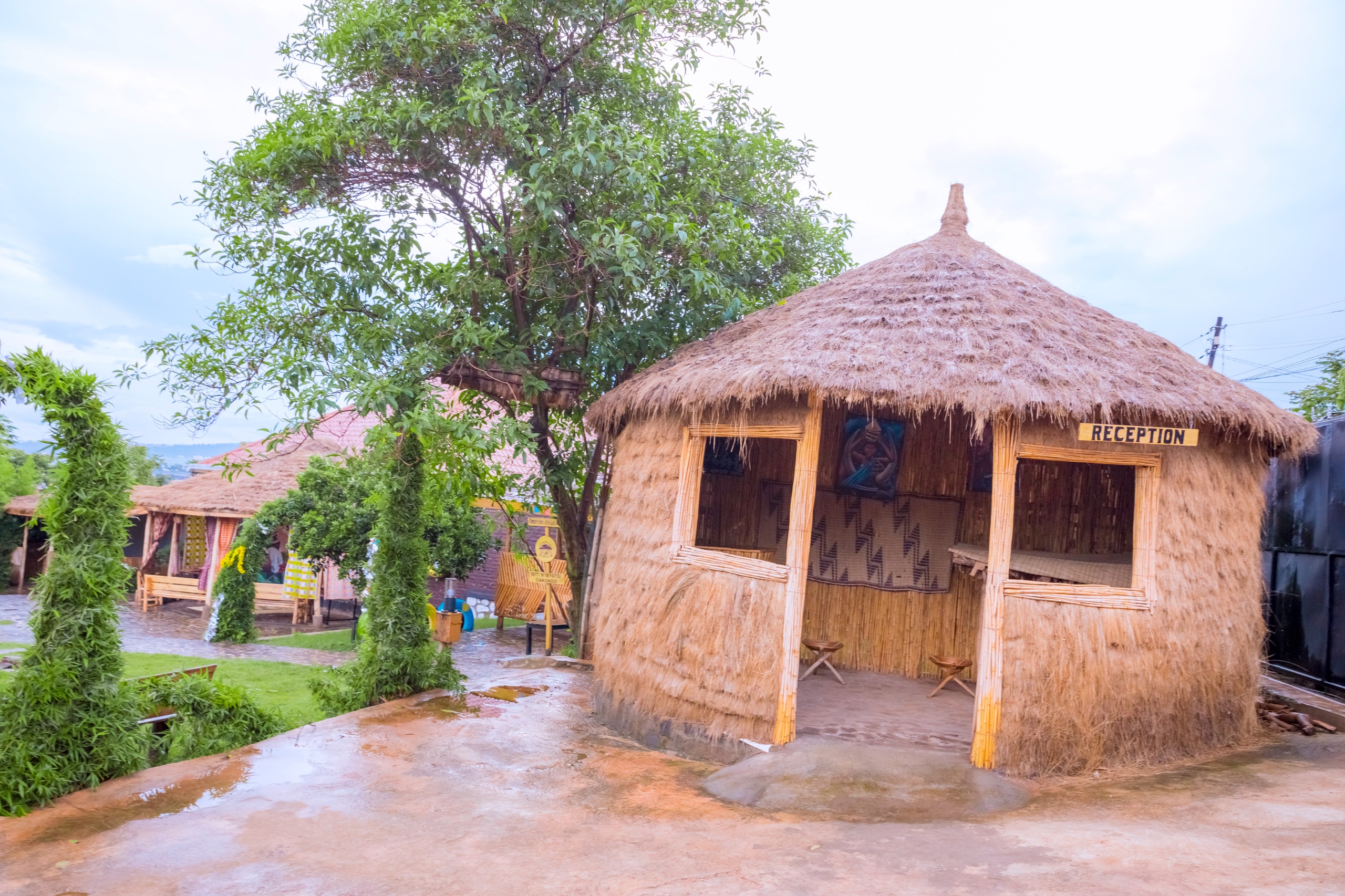
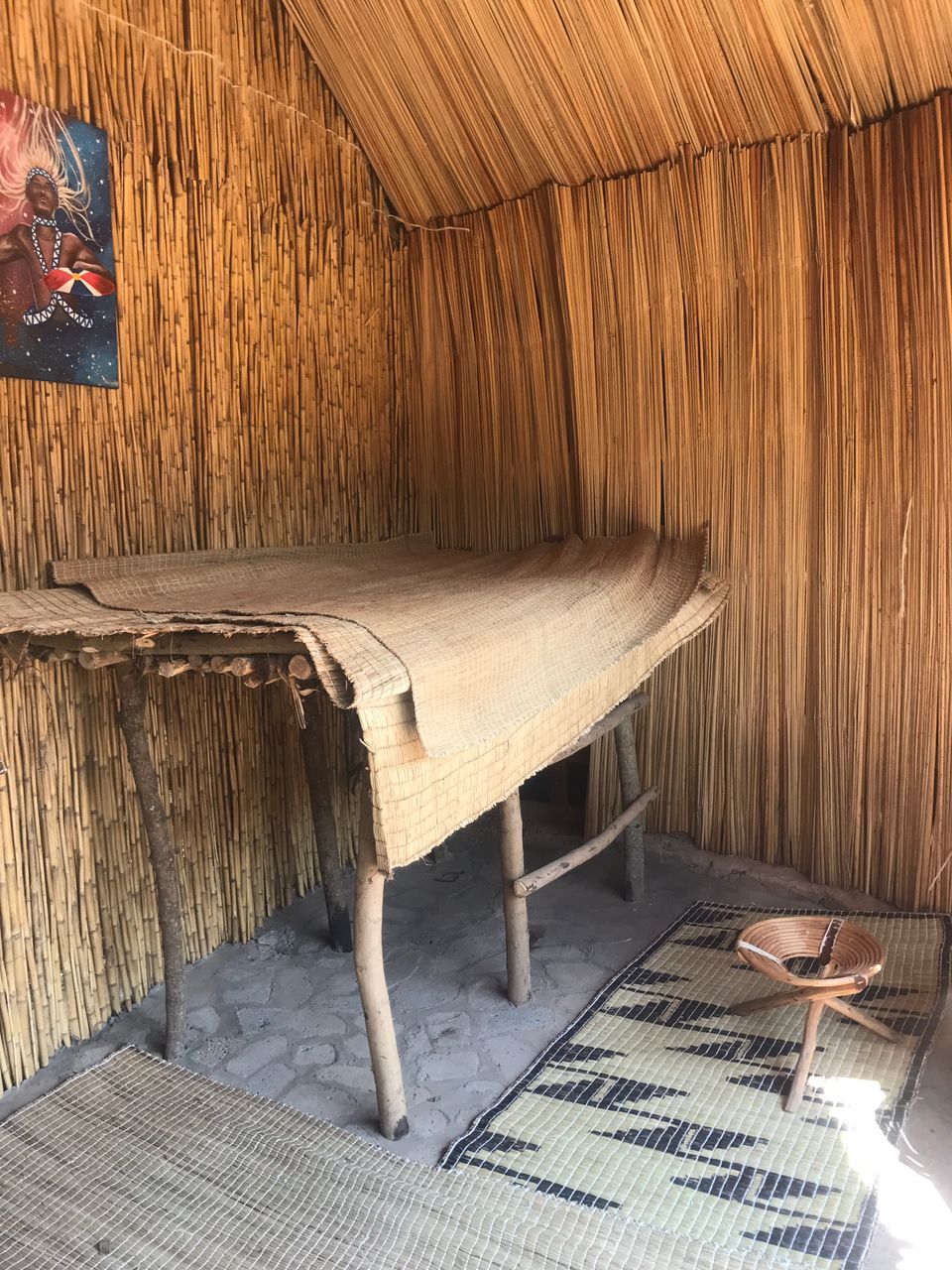
3.IKIGEGA
The ikigega is a traditional Rwandan granary or storage container, most commonly used for storing grains like sorghum, maize, and beans. It is an important part of traditional Rwandan household architecture and food preservation practices.
🌾 What is an Ikigega?
🏺 Function:
Used primarily to store dry foodstuffs, especially grains and seeds.
Helps protect against pests, moisture, and spoilage.
🧺 Materials & Construction:
Traditionally woven from:
Bamboo
Reeds
Grasses or banana fibers
Sealed with clay or cow dung and ash to make it airtight and pest-resistant.
Sometimes raised off the ground on stilts or a small platform to prevent moisture damage and rodents.
📐 Design:
Often cylindrical or slightly conical in shape.
Has a removable lid or cover.
Sizes vary depending on the household’s storage needs.
🏠 Placement:
Traditionally kept inside or near the main house (inzu).
In some homes, a dedicated grain hut or storage room was built.
In larger traditional compounds (like those of kings or chiefs), ikigega could be found in granary courtyards.
🧬 Cultural Significance:
A full ikigega symbolizes wealth, food security, and good harvests.
Sometimes referenced in Rwandan proverbs and songs to signify abundance or preparedness.
In some rituals, especially those related to agriculture or marriage, the ikigega plays a symbolic role.
